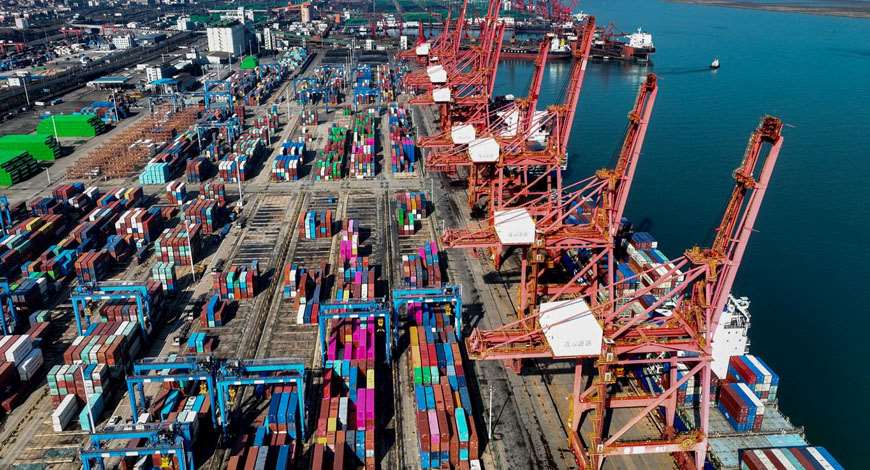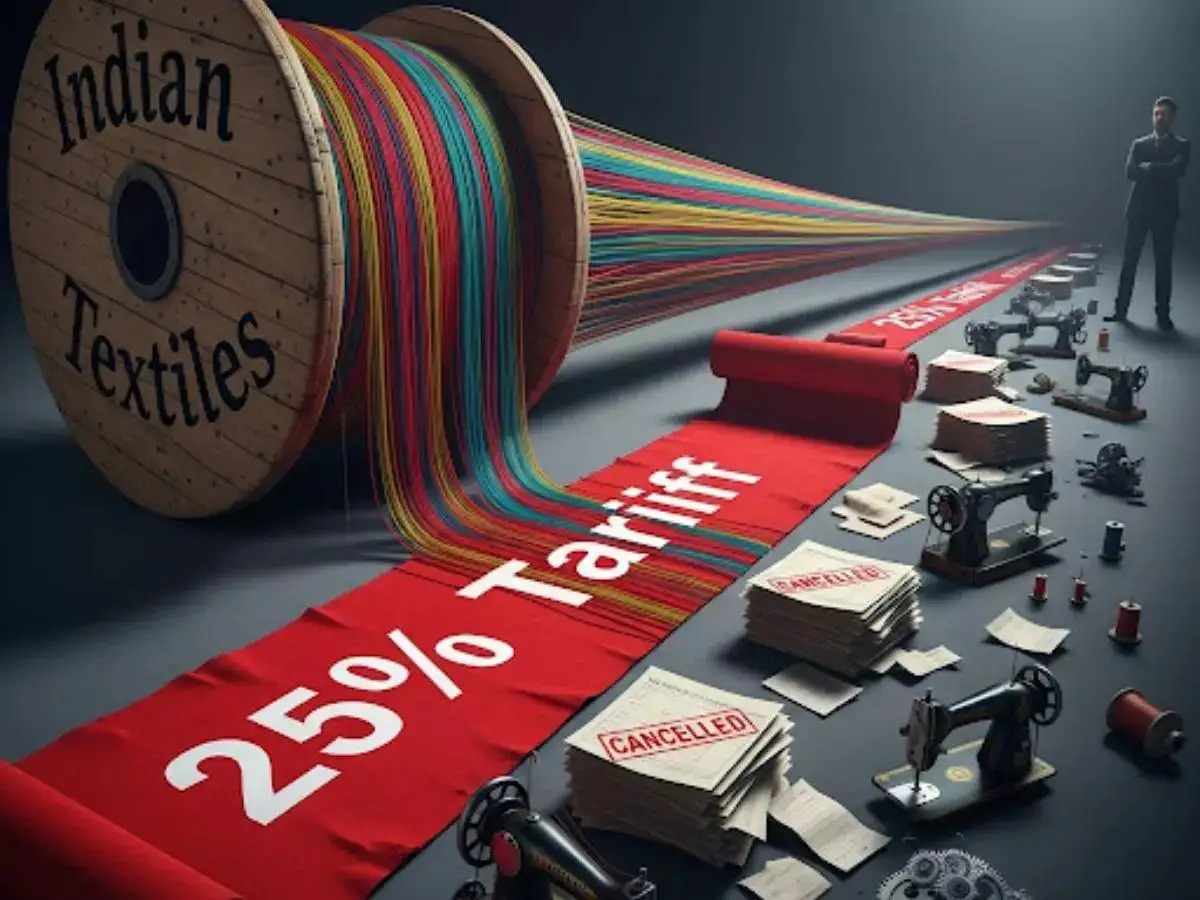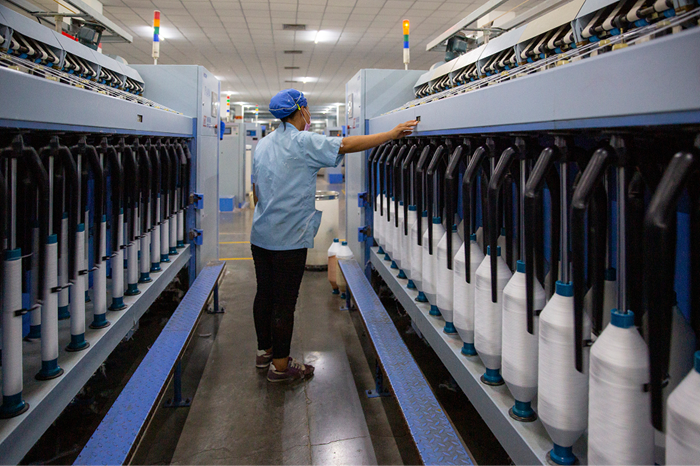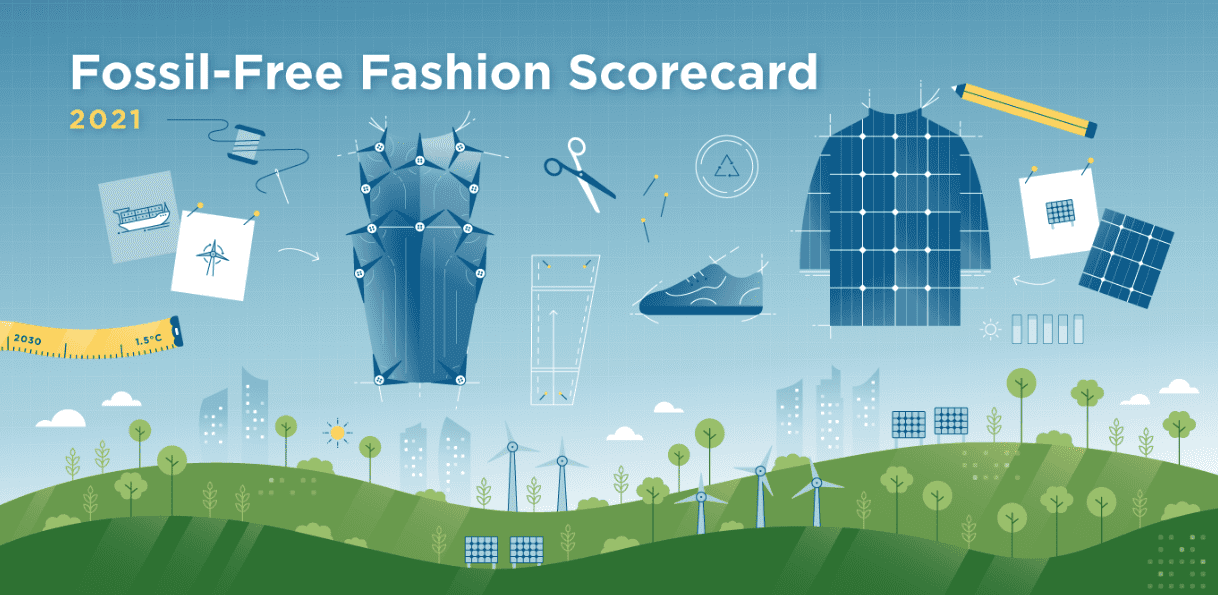
While the Western world grapples with overflowing closets and the growing discourse on sustainable fashion, a quiet change is unfolding in the global textile landscape. A recent report, ‘Global Fiber Consumption: Where the Next Decade’s Growth Will Come From’, unveils a startling prediction: the future of fiber consumption lies not in the saturated markets of North America and Europe, but in the developing economies of Asia and Africa.
Textile Exchange's 2024 Materials Market Report pegged global fiber production at 124 million tons, translating to 15.5kg per person. However, this figure is expected to grow to 160 million tons by 2030, raising a critical question: Who is driving this exponential growth?
"The traditional view of focusing on production facilities doesn't capture the true essence of demand," explains a lead analyst involved in the report. "We need to look at end consumption – the individual consumer – to grasp the long-term dynamics."
A new lens on global fiber demand
To unravel this complex web, researchers developed a ‘practitioner’s model’ a nuanced approach that transcends mere production figures. They crafted a Fiber Consumption Index (FCI), incorporating factors such as GDP per capita, urbanization rates, Human Development Index (HDI), and Heating Degree Days (HDD). "We normalized the data, setting North America as the benchmark with an FCI of 0.93," the analyst explains. "This allowed us to map per capita consumption across 19 distinct geographic regions."
Table 1: Regional per capita fiber consumption (2024)
|
Region |
FCI |
Per capita consumption (kg) |
|
North America |
0.93 |
35 |
|
East Asia |
0.92 |
34.6 |
|
West Europe |
0.81 |
30.4 |
|
North Europe |
0.79 |
29.6 |
|
Southeast Asia |
0.65 |
24.4 |
|
South America |
0.61 |
22.9 |
|
Central Asia |
0.55 |
20.6 |
|
Middle East |
0.52 |
19.5 |
|
Southern Africa |
0.45 |
16.9 |
|
East Europe |
0.43 |
16.1 |
|
Central America |
0.4 |
15 |
|
West Africa |
0.38 |
14.3 |
|
South Asia |
0.35 |
13.1 |
|
Northern Africa |
0.33 |
12.4 |
|
Pacific Islands |
0.3 |
11.3 |
|
Central Africa |
0.28 |
10.5 |
|
South Europe |
0.25 |
9.4 |
|
East Africa |
0.19 |
7.1 |
The Asian juggernaut, driving today's consumption
The data reveals that East Asia, with its vast population and growing middle class, is the current behemoth, accounting for 27 per cent (34.5 million tons) of global fiber consumption. In contrast, North America, despite its high per capita consumption, represents only 10 per cent (13.2 million tons).
Table 2: Regional total fiber consumption (2024)
|
Region |
Total consumption (mn tons) |
Percentage of global consumption |
|
East Asia |
34.5 |
27.4 |
|
North America |
13.2 |
10.5 |
|
Southeast Asia |
15.1 |
12 |
|
South Asia |
17 |
13.5 |
|
West Europe |
9.1 |
7.2 |
|
North Europe |
4.1 |
3.3 |
|
Other Regions |
32.9 |
26.1 |
|
Global Total |
126 |
100 |
However, the future narrative is even more compelling. By 2035, the report projects a dramatic shift, with Asia and Africa leading the charge. Using GDP growth projections and a ‘saturation factor’ to account for varying consumption patterns, the model predicts a surge in fiber demand from these regions. In fact, India, with its rapidly increasing middle class and growing e-commerce sector, exemplifies this trend. As experts say, Indian textile market is seeing unprecedented growth and consumers are increasingly demanding affordable, fashionable clothing, pushing up domestic production and imports.
Table: 3 Regional incremental fiber consumption growth (2024-2035)
|
Region |
Incremental consumption (mn tons) |
Percentage of total growth |
|
South Asia |
23 |
42.6 |
|
Southeast Asia |
14 |
25.9 |
|
East Africa |
3.9 |
7.2 |
|
West Africa |
3.1 |
5.7 |
|
Other Regions |
10 |
18.5 |
|
Global Total |
54 |
100 |
Implications and future directions
The findings carry profound implications for industry stakeholders, investors, and policymakers. Fiber producers need to strategically position themselves in emerging markets focusing solely on saturated markets will lead to stagnation, point out experts. Moreover, the environmental implications are significant. As consumption rises in Asia and Africa, sustainable practices to mitigate the industry's footprint need to increase.
However, the report acknowledges its limitations, including assumptions about the FCI, production equalling consumption, and GDP projections. Future research will focus on refining the model, incorporating behavioral trends, and exploring sustainability scenarios.
Thus the global textile landscape is passing through a change, with Asia and Africa ready to reshape fiber consumption in the coming decade. As the world's wardrobe expands, the industry must adapt to this new reality, embracing both economic opportunity and environmental responsibility.












